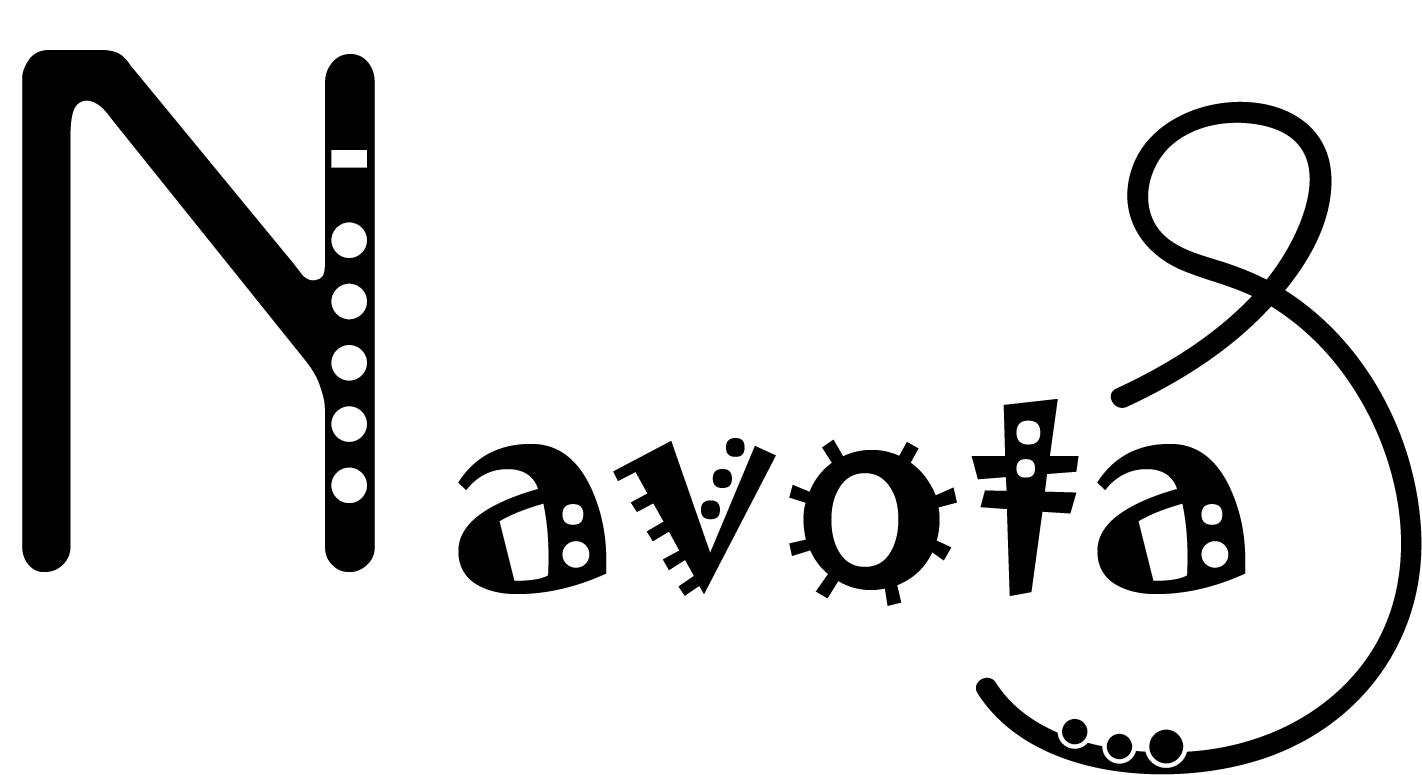Osvaldo
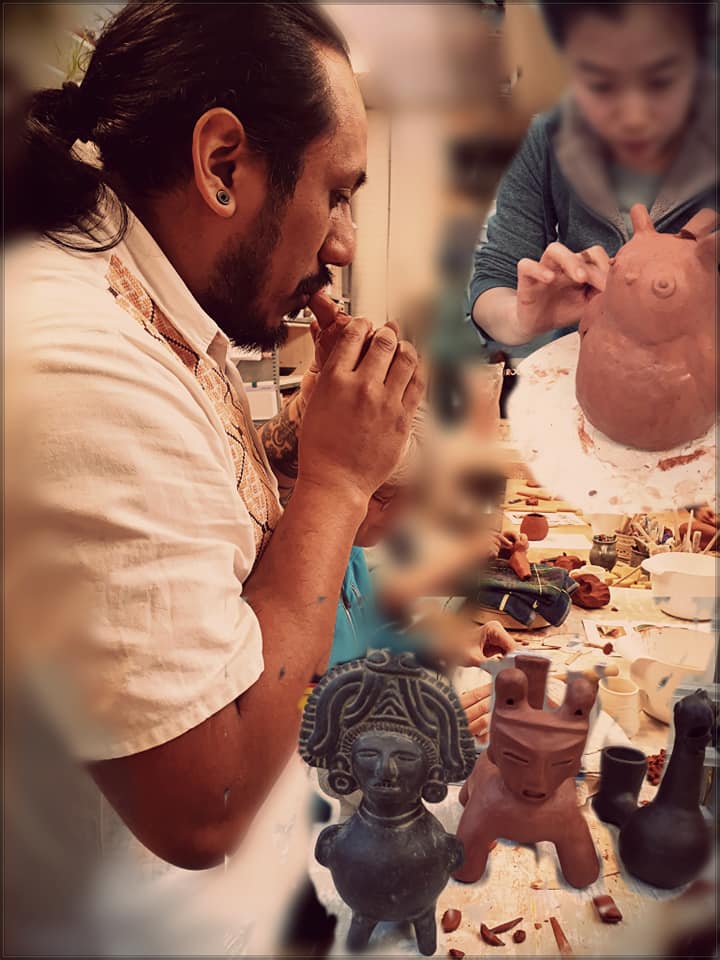
Tlapitzalli
A Tlapitzalli is an aerophone known from pre-Columbian Mesoamerican cultures, especially the Aztecs. It is a form of flute, made of ceramic, wood, clay or bone. They are usually decorated with abstract designs or images of Aztec gods. The tlapitzalli can have several rooms, examples with up to four rooms are known. Tlapitzalli was also a term used to refer to the shell trumpets used to coordinate attacks during Aztec war ceremonies. The name comes from the Nahuatl language. (source wikipedia)
Osvaldo
The flutes Osvaldo makes are based on these instruments. As an example, he also uses historical Mexican flutes, including Aztec flutes, and makes replicas of them, which often have mythical images of animals or half man, half animal.
On Uzbak Sonidos del corazón (which means sounds of the heart in Spanish) on soundclound you can also find sounds of his flutes.
2021 Nr. 069 Tlapitzalli

The Azketen had different types of flutes, among others:
Acapitztli-Rietfluiten.
Topitz - Botfluiten.
Tlapitzalli, tlapitzayaxochimecatl - Ceramic tubular channel flutes with four finger holes.
Chalchiuhtlapitzalli - Tubular flutes made of greenstone, usually jadeite and green marble.
Huilacapitztli - Many different types of ceramic spherical flutes and whistles.
Remarkable are the skull whistles, which belong to the so-called air spring whistles. Their elaborate acoustic mechanism produces a distorted sound reminiscent of the atmospheric sound generated by the wind.
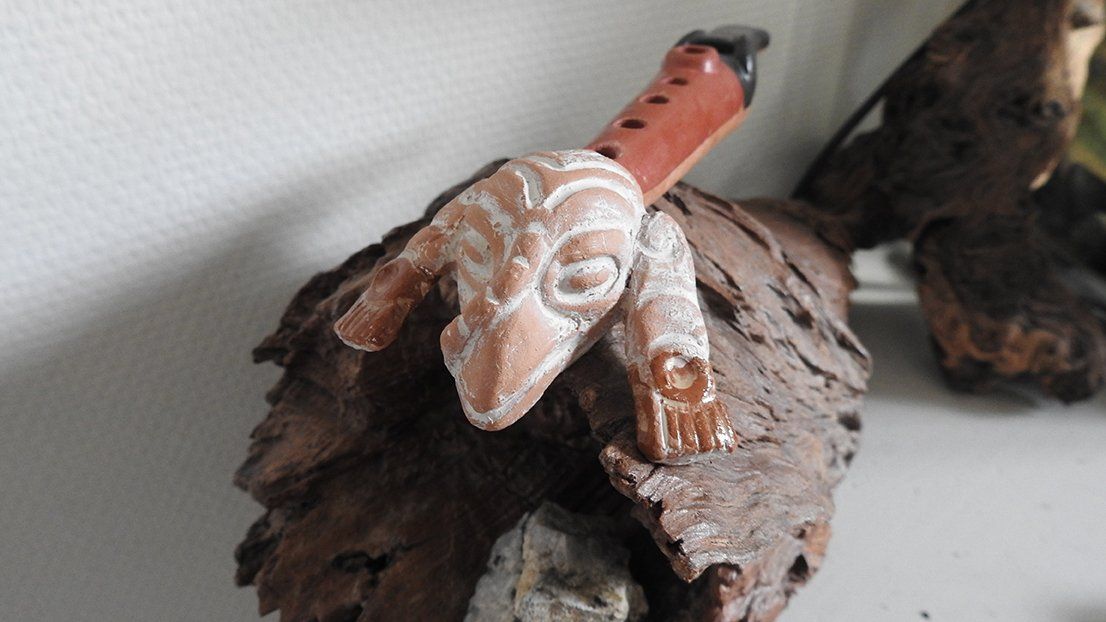
2022 Nr 071 Waterflute
Here a waterflute with a beautiful sound, the flutes come in all kinds of sizes and types with different sounds that arise when the flute moves forward and backwards. In the song below I have used the sound of the flute with some reverb and also with an effect. I did not use any effect for the button with "The sound" above.
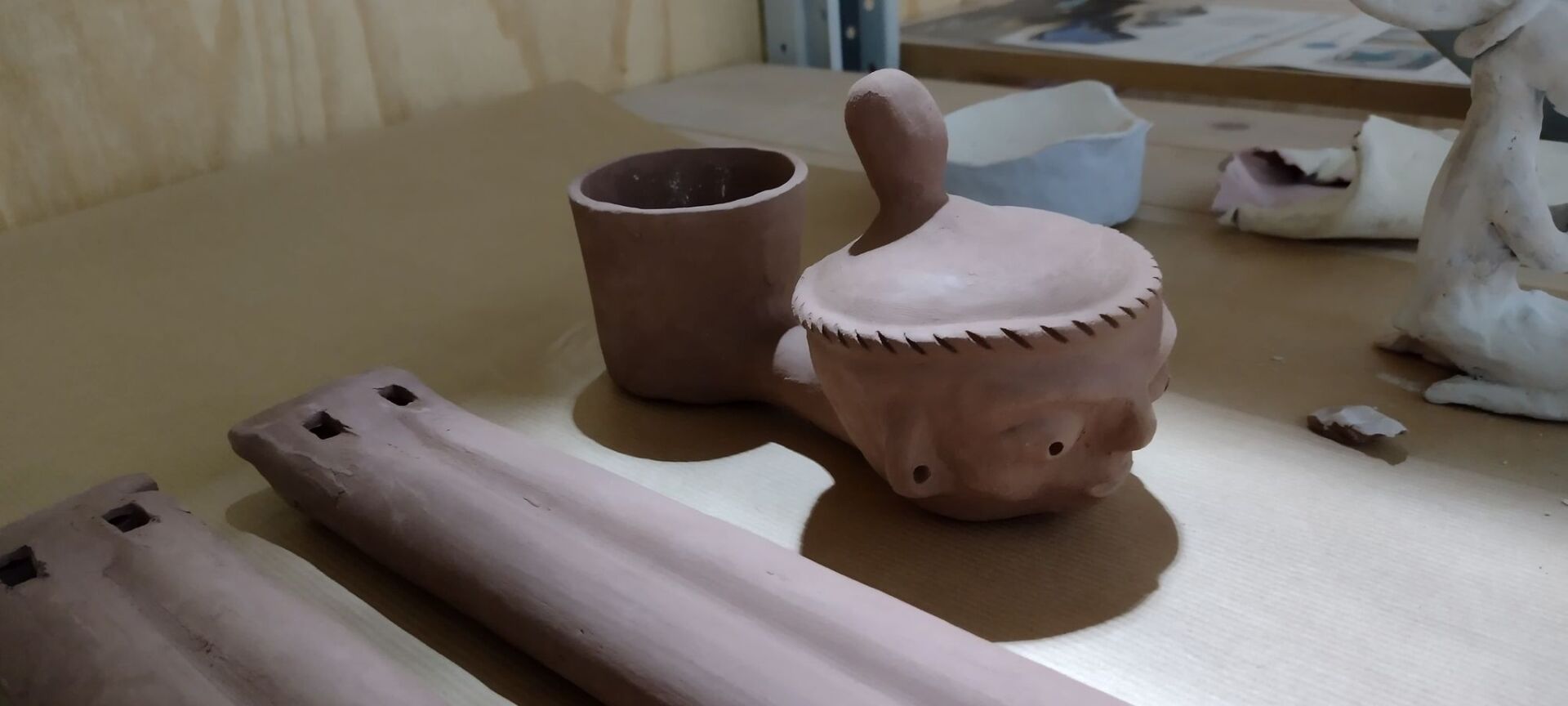
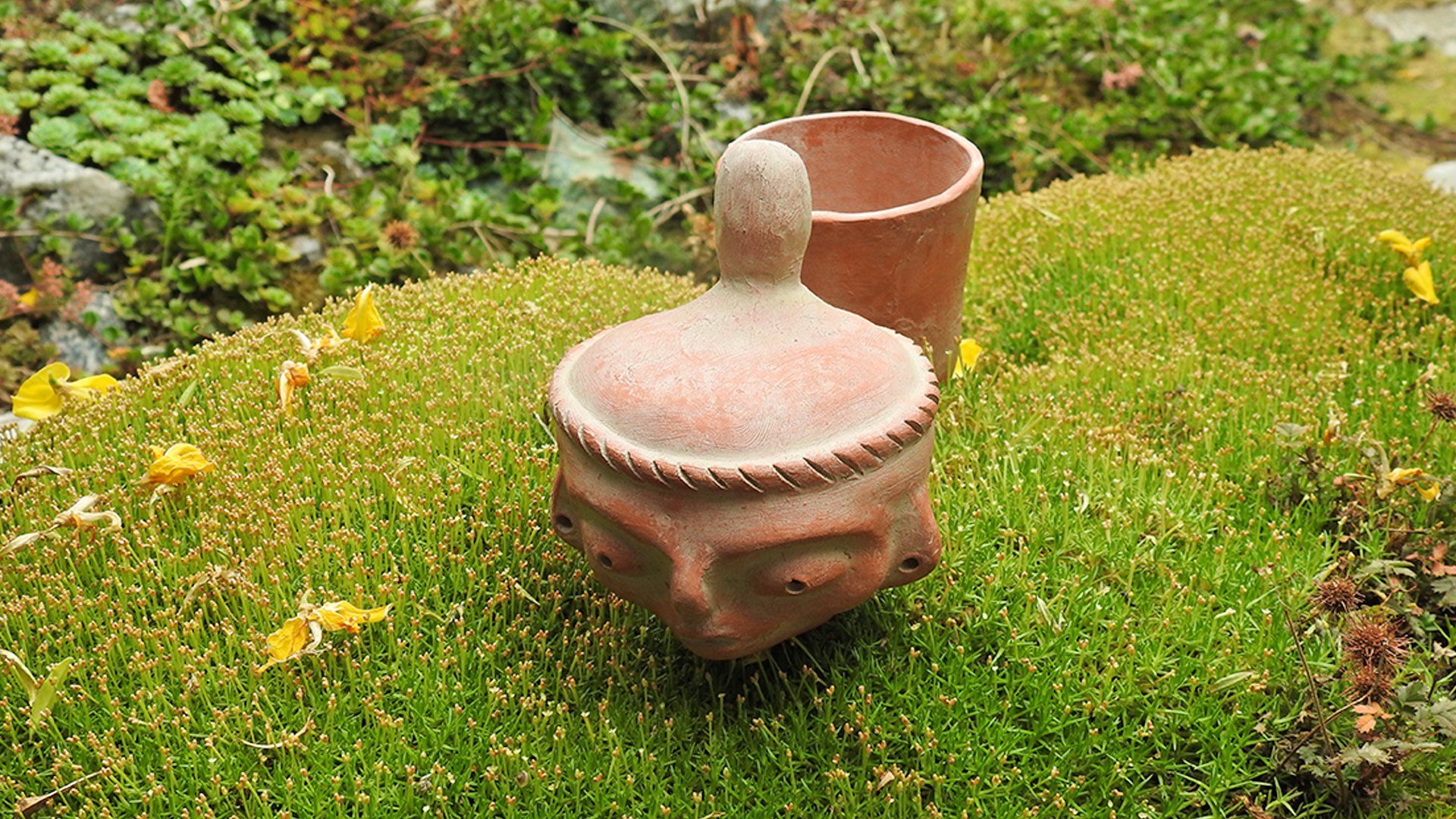
This water whistle was most likely made by cultures of western Mexico or the Mixtec culture (perhaps 900 to 1200 BC) It is said that they used it to lull babies to sleep with the sound it produces. It was the brothers Gregorio and Mario Cortéz from the Texcoco Valley who were the first to recreate this instrument, its origins are unknown.
You can order Osvaldo his flutes on Facebook he lives in the Netherlands
The History
Nieuwe alineandigenous cultures have been suppressed since Europeans first arrived in Mexico. But increasingly, modern Mexicans want some sort of connection with their indigenous past.
At its height, the ancient Mexican city of Teotihuacan had 100,000 citizens and was the largest city in the Western Hemisphere. But the civilisation had no written language, and the sudden disappearance of its population is largely unexplained. Luckily, the civilisation left behind the remains of instruments. Adje Both and Osvaldo Perez are an academic and a potter that are part of a global network of musicians, instrument makers and archaeologists that are piecing these instruments back together and recreating them.
In doing so, they can breathe life back into these lost instruments and rediscover the sounds of these ancient cultures.
But for the indigenous cultures of Mexico, who are still oppressed, dispossessed and marginalised, these instruments take on a more significant meaning. Xiuhtezcatl is based in LA, but his father is Mexica - an indigenous group that used to rule the Aztec empire - and the instruments are a visceral link to his ancestors. Using the work of Adje and Osvaldo and matching it with digital manipulation, Xiuhtezcatl goes back in time and tries to discover what history sounds like. The whole interview you can here on the
BBC Radio


